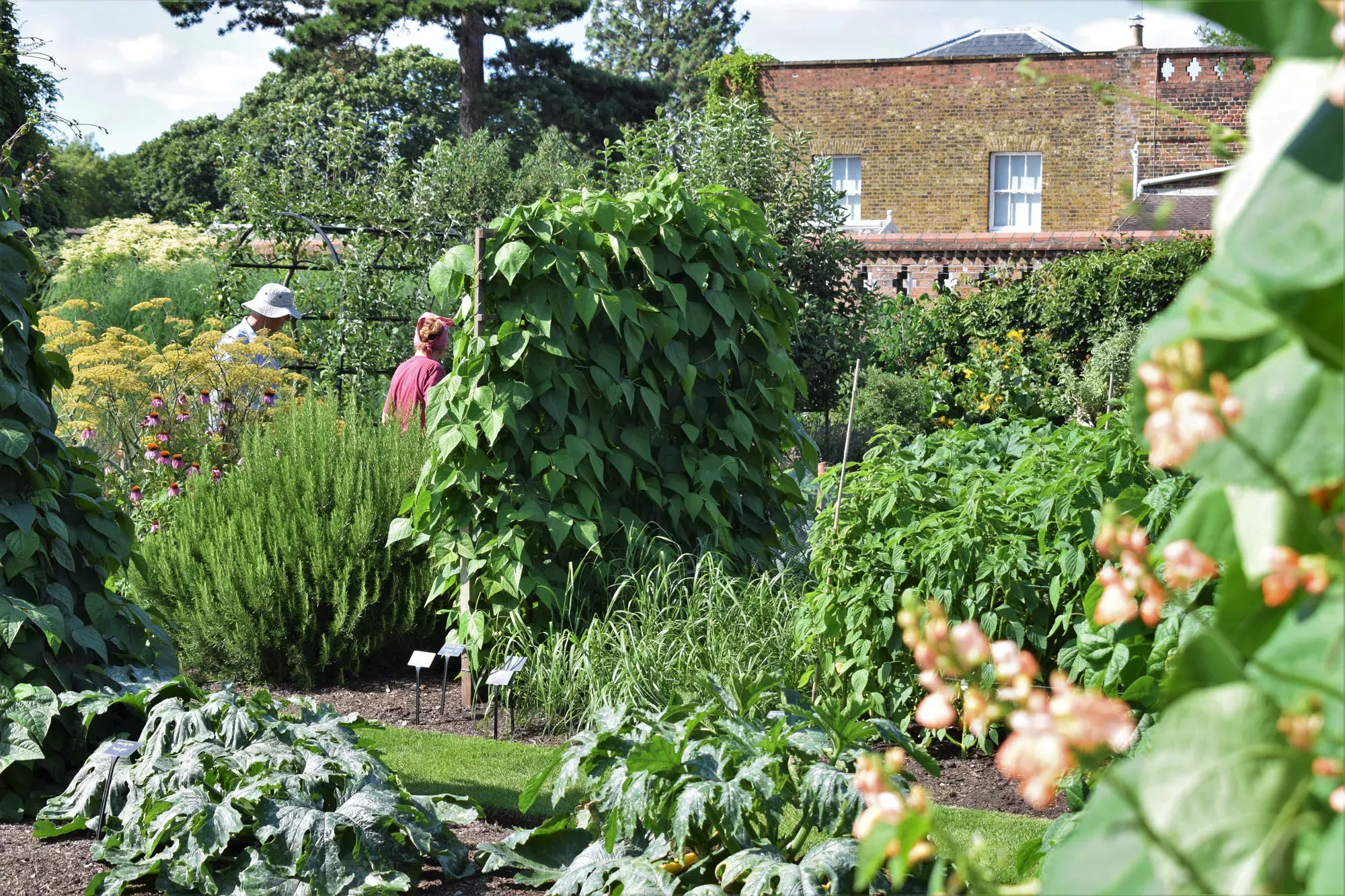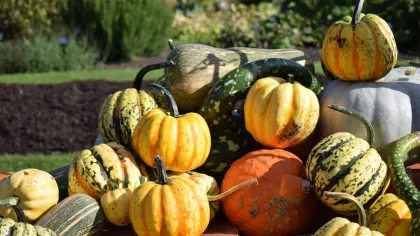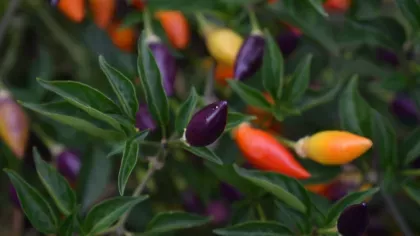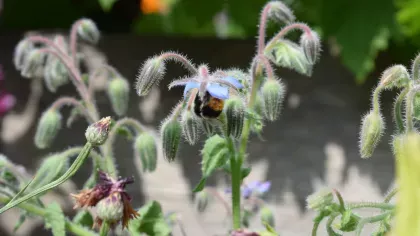20 August 2019
Plant proteins: Can they grow in the UK?
We’ve been experimenting in the Kitchen Garden to see if chickpeas, lentils and other plant proteins can thrive in the UK climate.

With vegetarian and vegan diets becoming increasingly popular, interest in alternative protein sources is growing.
This year, the IPBES Global Assessment Report on Biodiversity and Ecosystem Services highlighted how land clearance for agriculture is the principle cause of biodiversity loss. Intensive meat production plays a role in this, causing wild species decline and biodiversity loss.
More people in the UK are choosing a plant-based diet and looking to the plant kingdom to get the best nutrition.
This season, we're experimenting with new crops in the Kitchen Garden to see whether plant proteins can be grown in the UK.
What's growing?
We're growing a mix of familiar plant proteins you may recognise from supermarket shelves, including chickpeas, lentils, soy beans, peanuts, and borlotti beans.
We're also testing out some unusual species, which have ancient histories of cultivation dating back to the very foundations of agriculture across the world.
These include teff (Eragrostis tef), which is a staple Ethiopian grain that accounts for up to 2/3 of the daily protein intake in Ethiopians’ diets, and alfalfa (Medicago sativa), an important forage crop in livestock farming that can be eaten as sprouted seeds.
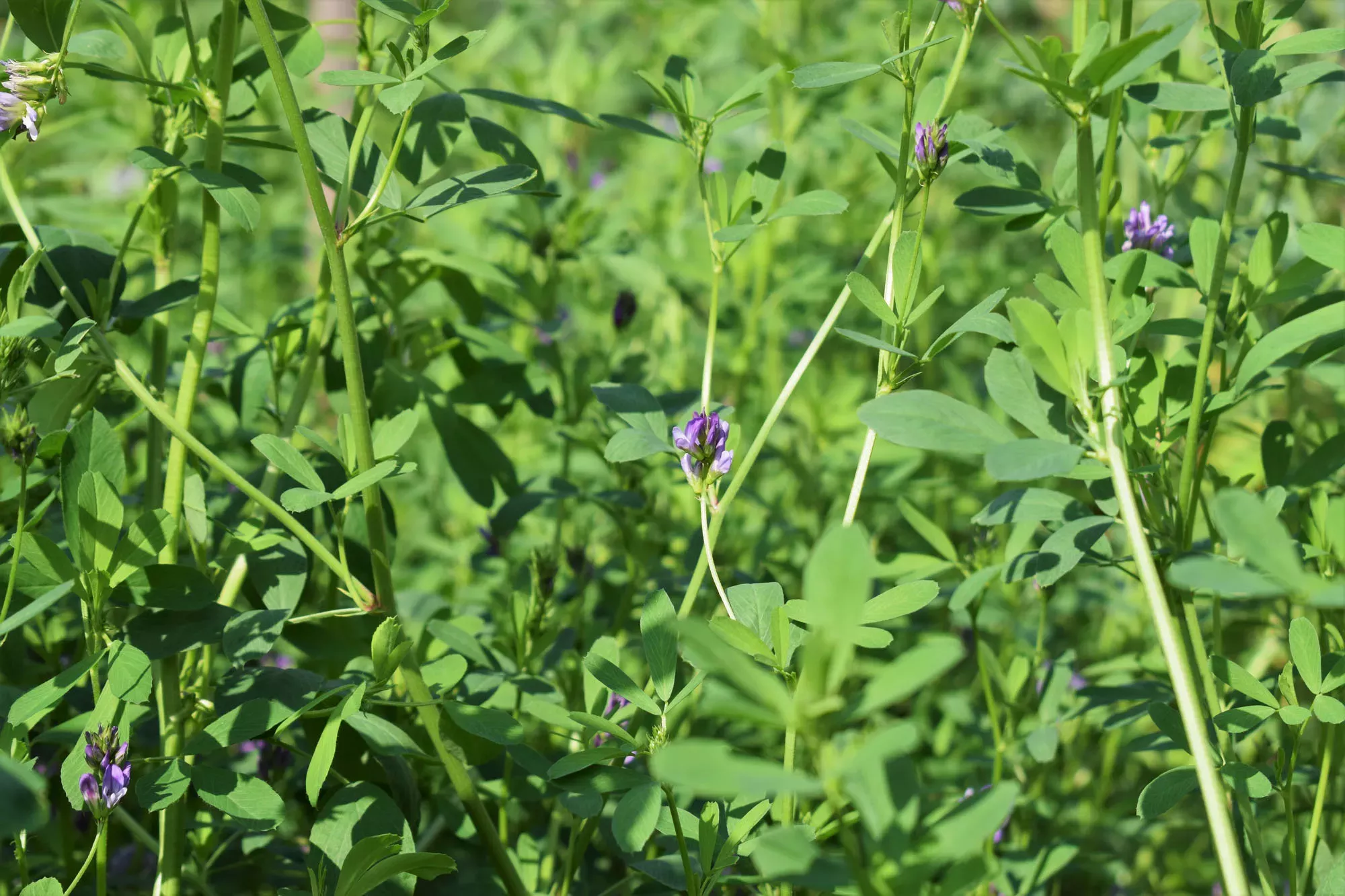
Can they grow in the UK climate?
These plants are typically grown on an agricultural scale for mass consumption and distribution, so the first challenge was working out how to cultivate them on a small plot. This meant translating advice on things like tractor settings into a plan appropriate for a Kitchen Garden plot.
Many of these plants are not a good match for our climate as they require a long growing season but can’t cope with frost.
This meant we had to start growing them in glasshouses for the first few months, but many of these plants dislike root disturbance so it made transplanting them into the ground tricky.
The solution was to use homemade newspaper pots which could be buried into the ground without having to disturb the sensitive seedling roots.
Weird and wonderful botany
Some of these plants behave very differently from those we usually grow in the Kitchen Garden, so this gives us a chance to see some interesting plant behaviour up close.
Peanuts are particularly unusual. They reproduce by burying their own seeds by a process called geocarpy.
Once the flowers have been pollinated above ground, the stalks elongate and droop down to bury themselves in the soil where the bean develops. This bean is the peanut that we eat.
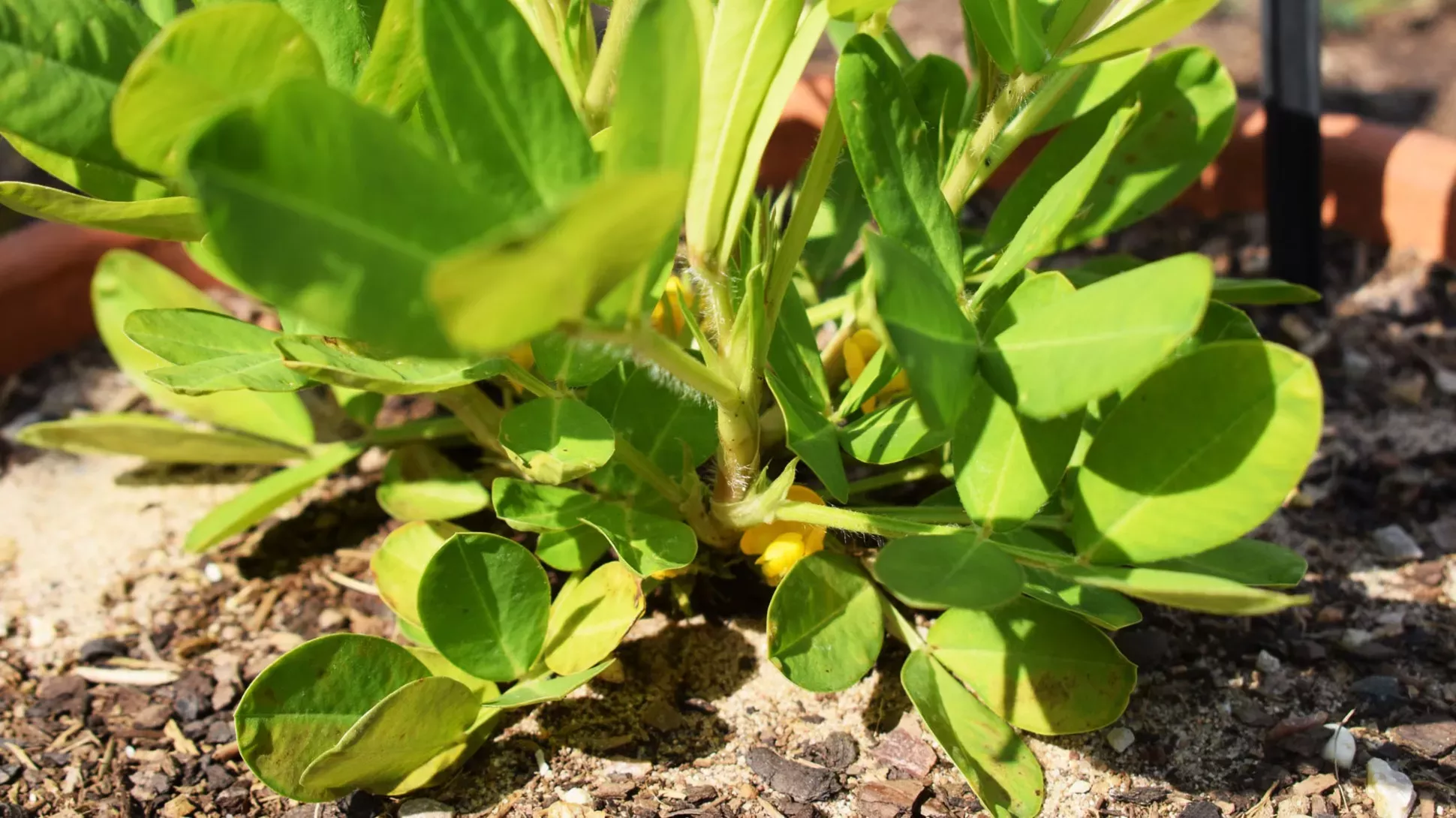
Problematic peanuts, sensitive seeds
Some of the crops have been very hard to grow.
Most of the peanut seedlings were stolen by mice or rotted off soon after germination. We have one lonesome plant that has survived, and we now know that they need a fast-draining seed compost and protection from mice until they're firmly established.
Quinoa has proved tricky. Although we planned to grow it this year, it was impossible to germinate either outside or in a greenhouse. This was likely a result of unideal conditions on the propagation mat, or too much covering soil.
Lentils proved sensitive to disturbance even once established, with fully grown plants dying off seemingly overnight. They probably require more protection from animals, and could possibly be planted slightly deeper next time to protect them.
Soy success
That said, there’s been plenty of success. The first chickpeas, soy and borlotti beans are now ripening on the plants and even the lentils have produced some pods.
Alfalfa, teff, chia - even the lone peanut - are currently flowering and will hopefully set seed as we move into late summer.
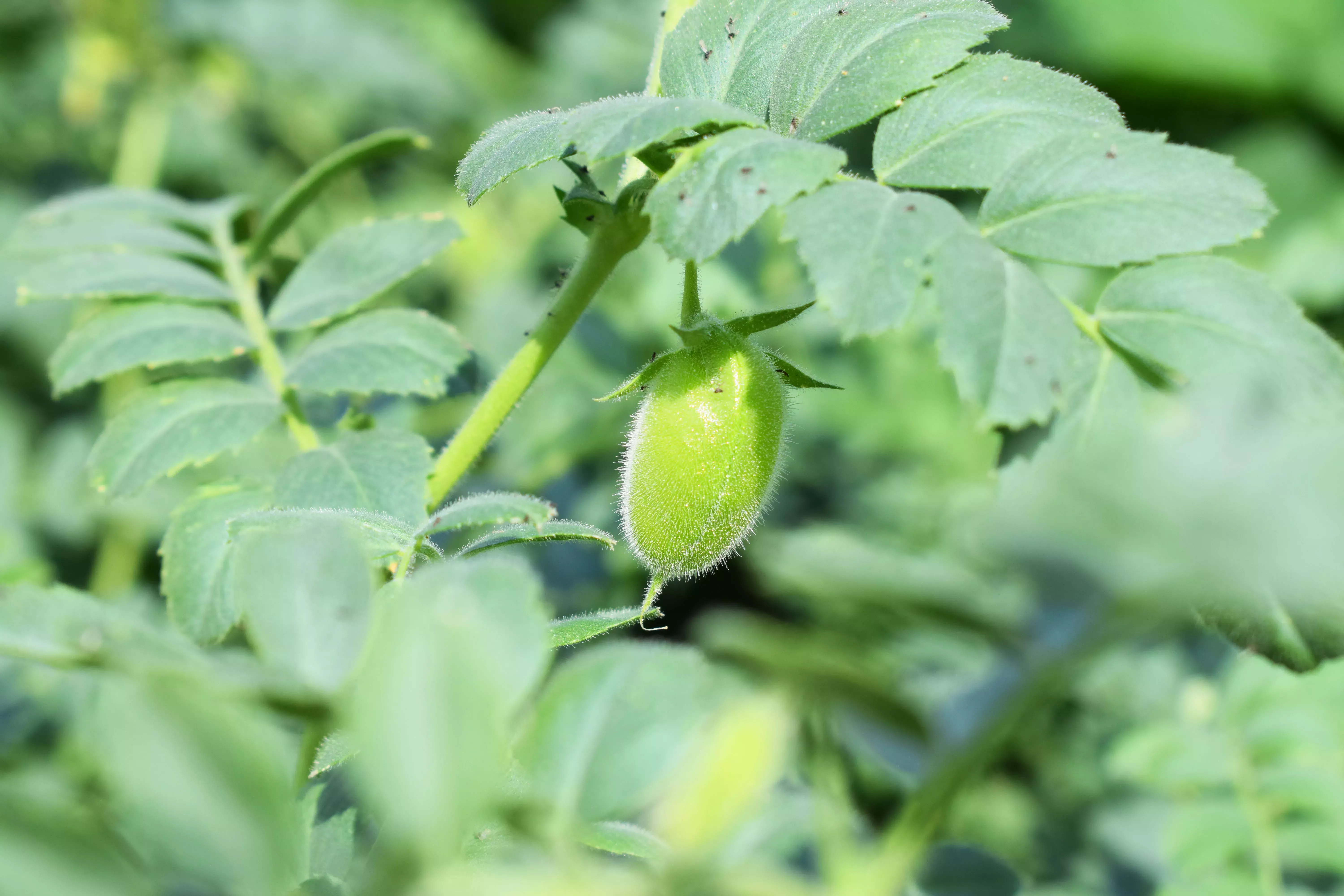
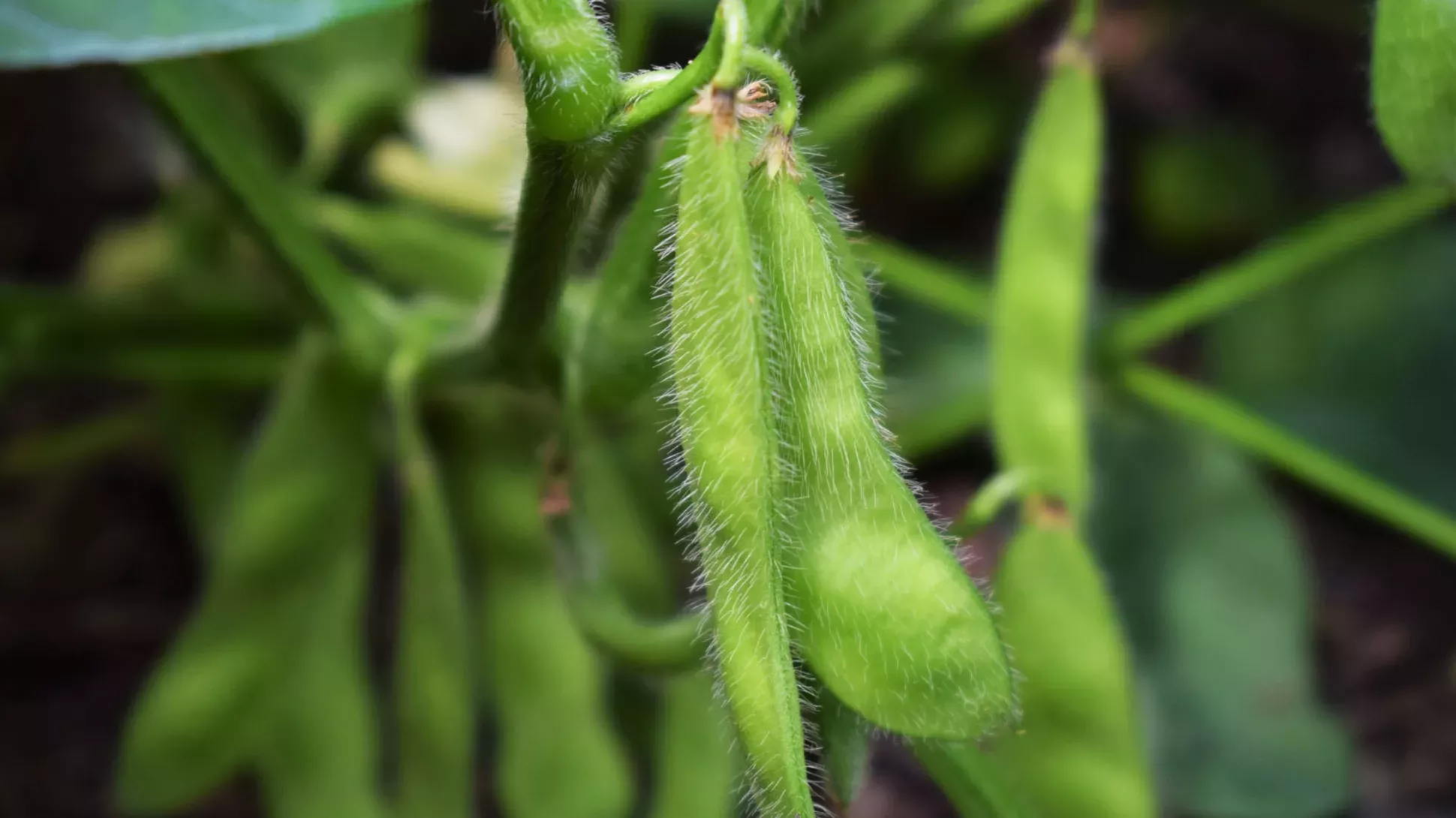
Experiment, experiment, experiment
Although early signs suggest that yields won’t be huge, it's been useful to watch how these plants grow up close and discover that it's possible to grow them in our climate.
This knowledge will be important for the future of growing food in the UK. We may need to start growing new kinds of crops that can both survive climate changes and sustain a growing population.
